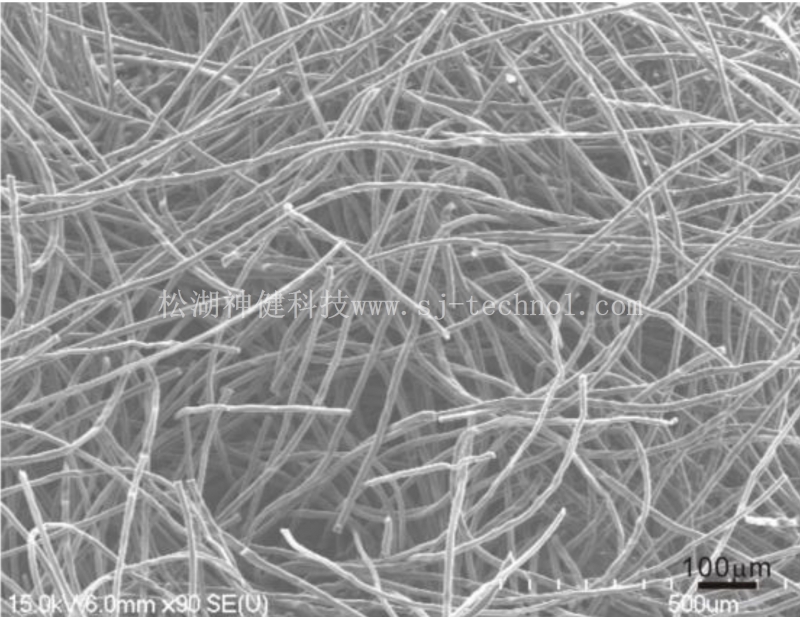Graphene is a two-dimensional zero-band gap semiconductor with many unusual characteristics and applications. Graphene nanoribbons are part of graphene, whose symmetry and width determine their electrical properties, causing unusual quantum mechanical phenomena. Recently, the synthesis and research of graphene nanoribbons prepared on metal surfaces have been successful and can be studied by scanning probe microscopy. However, because the surface participates in the synthesis and stabilization of graphene nanoribbons, it is impossible to extend these technologies to three dimensions.
Although most of the early and current researches on 3D graphene melt materials are mainly at room temperature, considering their application prospects under difficult conditions, such as radiation protection, fire extinguishing agents, and gas filtration, these materials are effective at high temperatures. Kinetics and thermal engine performance are also worthy of in-depth study and exploration. Therefore, exploring and understanding these graphene materials within a wider range of temperature changes is essential for the extension of the "structure-property" relationship.
Currently, two-dimensional graphene materials are produced on the market. Its synthesis cost is high, the process is complicated, and the pollution is large, and it is usually affected by the Dehua force or the dangling bond. After the powder sample is made, it is easy to accumulate or agglomerate into graphite flakes, losing many excellent characteristics of the original graphene material.
Three-dimensional graphene tube can quickly and effectively capture harmful organic matter. Black titanium dioxide acts as a photocatalyst. The two combine to quickly degrade toxic organic matter into carbon dioxide and water.
Ordinary graphene is two-dimensional, similar to a flat sheet of paper, while the developed three-dimensional graphene tube is like a three-dimensional honeycomb. The specific surface area and hollow volume are increased, and the amount of toxic organic matter captured is greatly increased.

At present, there are two major challenges facing three-dimensional graphene-based materials: one is the accurate control of the pore size of three-dimensional graphene materials. As we all know, a uniform pore structure can not only improve the activity of the catalytic reaction, but also produce unique optical properties. The second is how to mass-produce three-dimensional graphene-based materials assembled from graphene with few or even single-layer structures without increasing costs. Although the vapor deposition method can synthesize three-dimensional graphene materials with a small number of layers, it is not only expensive but also difficult to control the pore size during the synthesis process.
Since the graphene membrane becomes swelled when submerged in water, it cannot filter out the tiny ordinary salt ions. For this reason, find a physical method to control the degree of expansion of the film in water. This method makes them have a smaller pore size than ordinary salt ions, thereby filtering out unwanted salts, particles and molecules. At the same time, this membrane still allows water to pass through very smoothly.
Songhu Shenjian Technology (Dongguan) Co., Ltd. relies on the Songshan Lake Materials Laboratory, developed by the laboratory's new fiber team. The company is engaged in the research and development, production, sales, promotion and service of new material technology and its products. The main products include a series of new materials such as nano-carbon fiber, three-dimensional graphene powder, electrospun polymer nanofiber membrane, and electrostatic spinning series equipment. Accept customization, the company's technology is the team's independent original. The company's products are widely used in energy, environmental protection, chemistry and chemical engineering, health protection, scientific research and other fields. The company adheres to the concept of innovation, service, and integrity, is committed to the research and development of new materials and technologies, and provides the society with high-quality products and innovative technologies.
